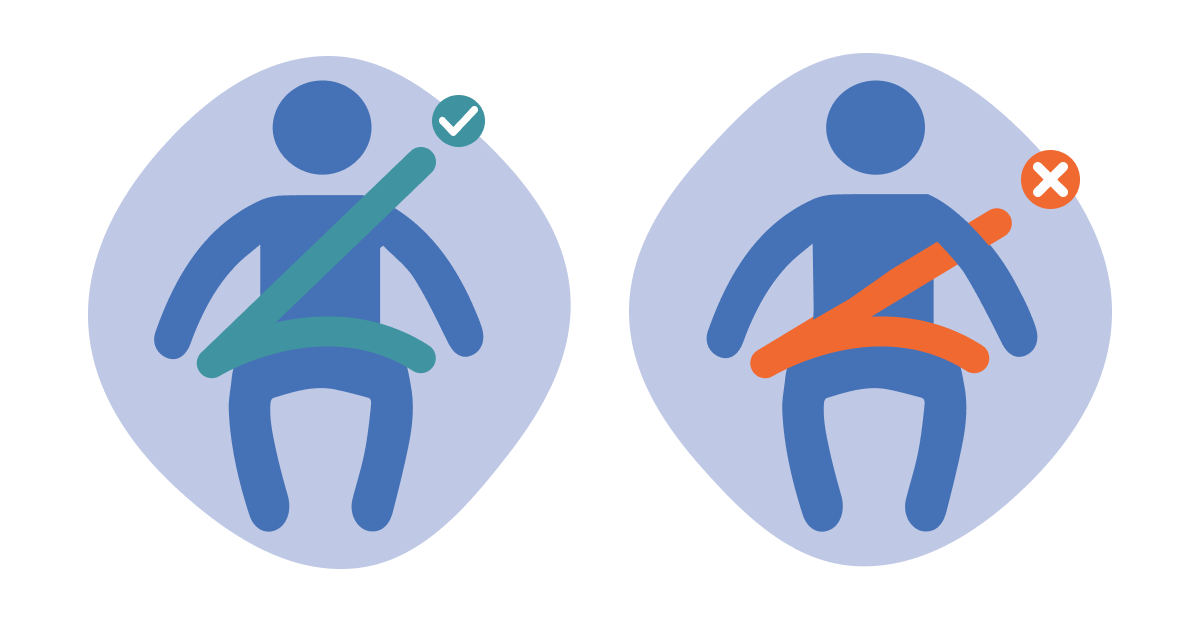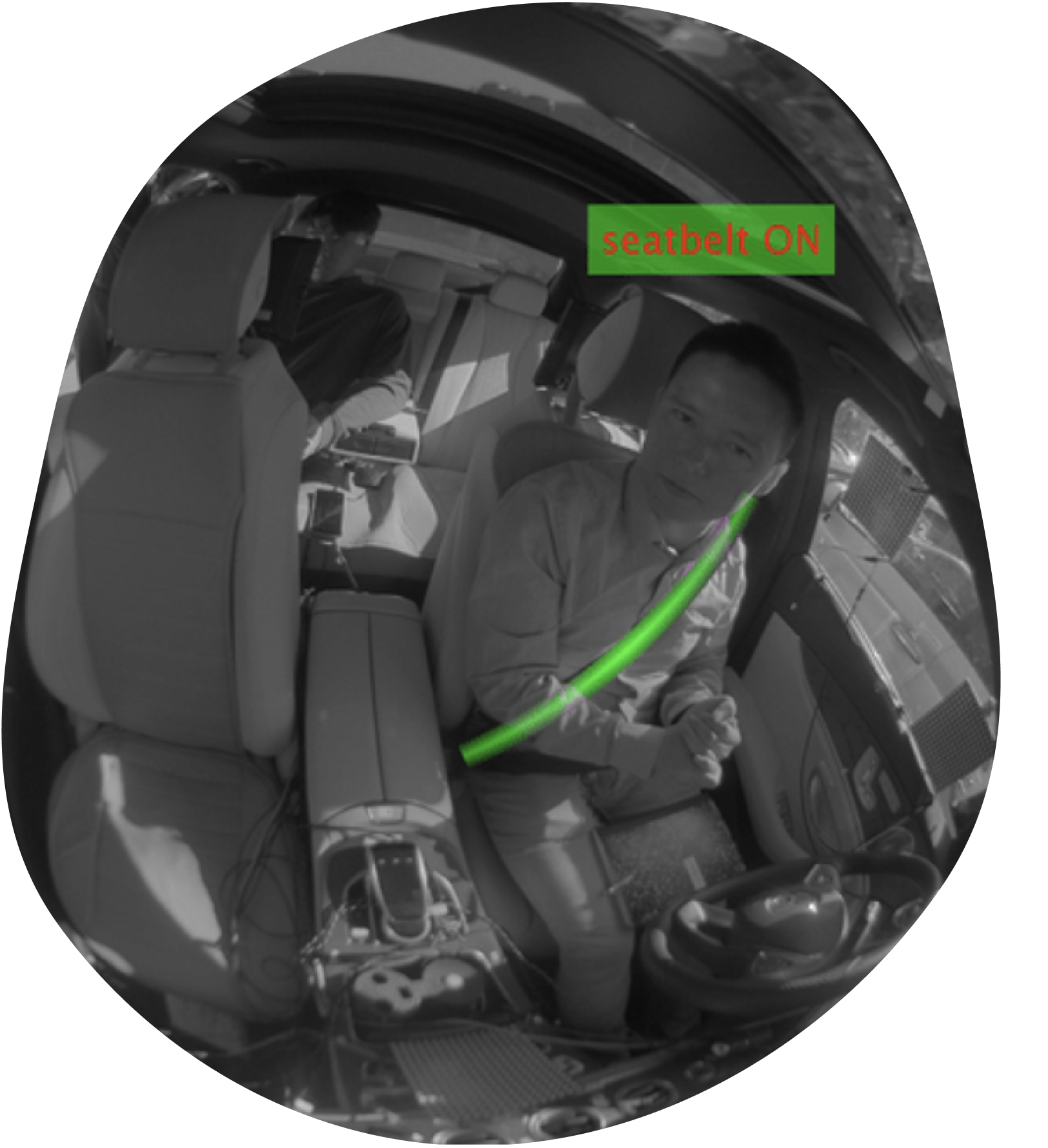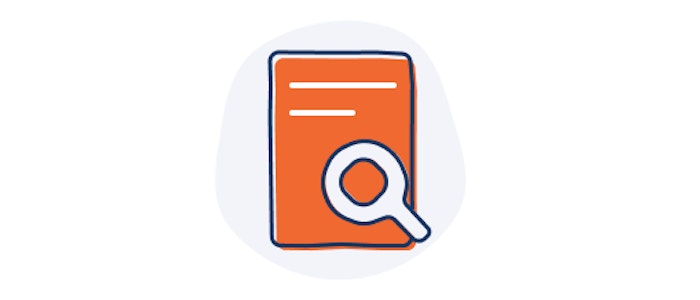Seatbelts
Correctly fitted seatbelts are designed to protect drivers and passengers in a crash. Seatbelts are used on their own or with another vehicle restraint system.
Seatbelt use
Correctly fitted seatbelts are designed to protect drivers and passengers in a crash. Vehicle seatbelts are used on their own or with another vehicle restraint system. See some examples below.

Mia travels in an Australian standard car seat
The seatbelt is used to install the car seat (with the top tether), with the built-in harness providing crash protection for Mia.

Charlie travels in an Australian standard booster seat
The seatbelt is being used around Charlie to provide crash protection.

Lachlan travels in a special purpose car seat
The seatbelt is being used around Lachlan to provide crash protection. The built-in harness provides postural support only.

This person is travelling in a specialty harness
The seatbelt is being used around this person to provide crash protection. The specialty harness is for postural support and to reduce the risk of the person getting out of their seatbelt while the vehicle is moving.

Erica travels in a vehicle seatbelt
The seatbelt is designed to protect Erica in a crash.

Seatbelt readiness
Some children with disability will be able to start using the vehicle seatbelt on its own. For many children, this will be about 10-12 years.
Trained allied health professionals can assess whether a child is ready to transition to a vehicle seatbelt or whether they need a specialty vehicle restraint system for their comfort and support needs. There are special purpose car seats and specialty harnesses/vests designed for older occupants.
The assessment tool that allied health professionals use to assess seatbelt readiness is the five step test. The test should be taken in each vehicle the young person travels in, as each vehicle is different.

The five steps
Follow these five steps to assess whether the young person is ready to travel in a vehicle seatbelt.
Step 1: Can they sit with their back firmly against the back seat?
Step 2: Do their knees bend comfortably over the front of the seat?
Step 3: Does the sash belt sit across the middle of the shoulder?
Step 4: Is the lap belt sitting low across the top of their thighs?
Step 5: Can they stay seated like this for both short and long trips? Do they need additional postural or other supports to travel safely and comfortably?

Using the seatbelt correctly
The seatbelt will only work properly in a crash if it's used correctly. The top part of the seatbelt should be on the shoulder and the bottom part low across the top of the hips. There should be no twists or knots in the seatbelt, and it should fit as firmly as possible.

Effectiveness of seatbelts
Wearing a correctly fitted seatbelt is very important for safety. It cuts the risk of being killed in a crash by up to 50 per cent. Seatbelts can also reduce injuries.
Seatbelts have four key functions that reduce the risk of injury and death in a crash. This includes:
- Causing the person to slow down at the same rate as the vehicle during a crash
- Spreading the force of the impact over the stronger parts of the body (pelvis and chest area)
- Minimising the person hitting the inside of the vehicle or other people in the car
- Reducing the risk of being thrown out of the vehicle.

Seatbelt detection cameras
Seatbelt detection cameras have been introduced in some states to encourage people to always use their seatbelt when travelling on our roads. Fines and demerit points apply to drivers and passengers who are not wearing seatbelts (front seat only), or not wearing them properly.
Our research shows that some children and young people with disability often get out of their seatbelt while the vehicle is moving, and that families have not been getting support and information to keep their children and young people safe.
MACA is concerned that the rules and processes for seatbelt exemptions don't consider the needs of some passengers with disability. This places an unacceptable burden on families and others supporting their transport.
MACA is talking to government about these issues and will update our website and training courses with any new information.
Image: Hu, Feng. (2022). Robust Seatbelt Detection and Usage Recognition for Driver Monitoring Systems.




